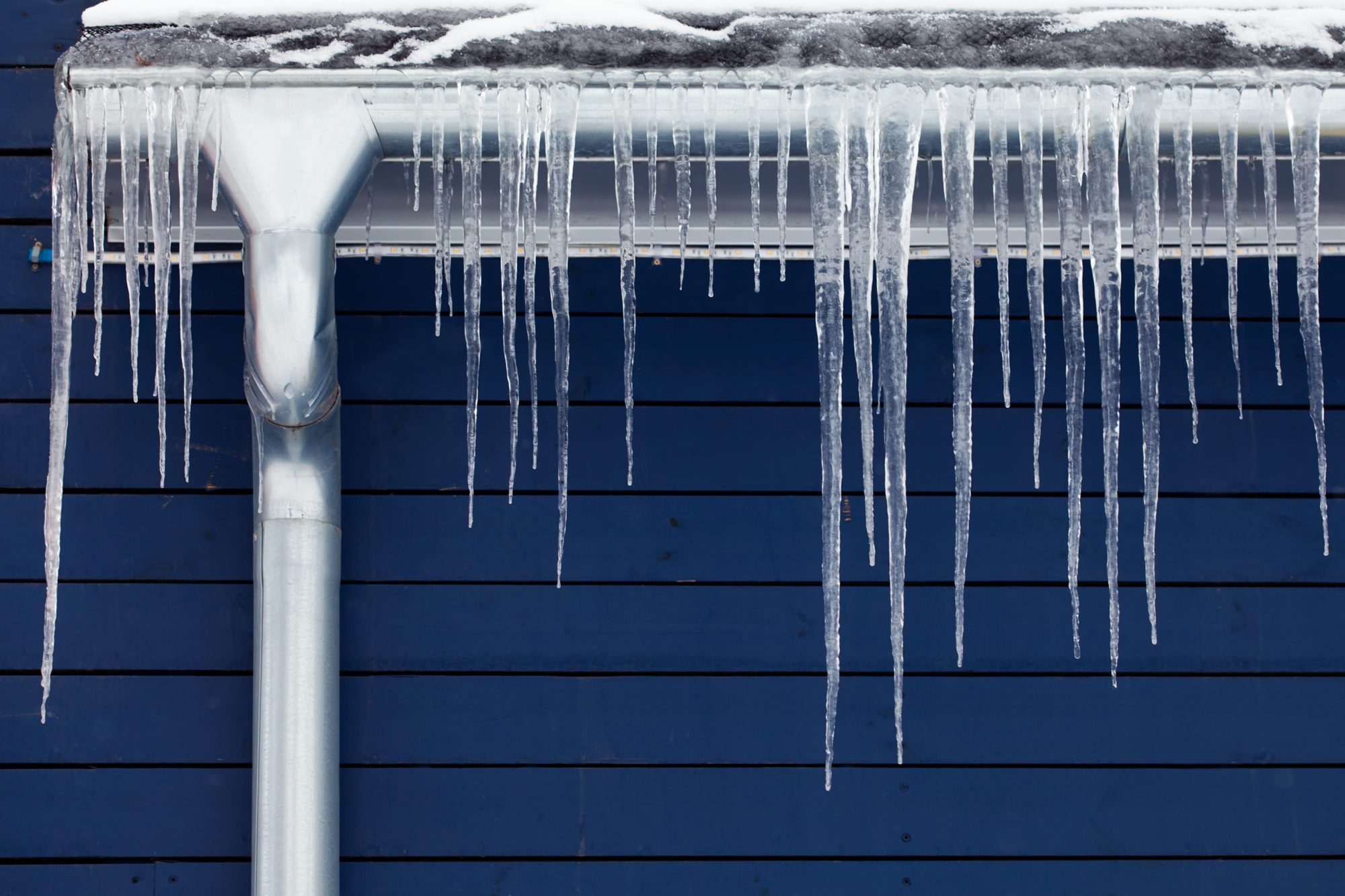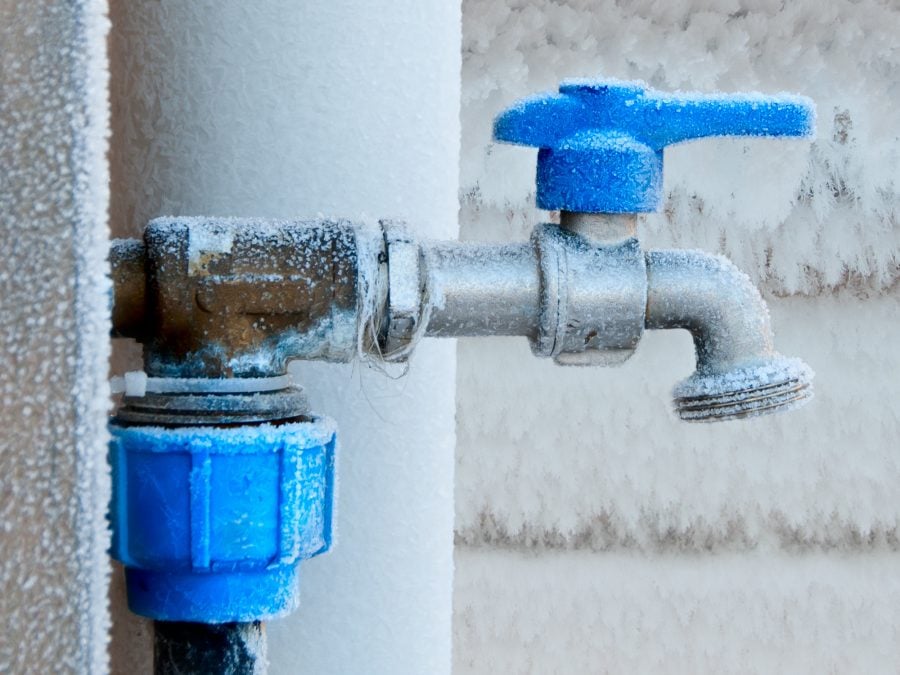Protecting Your Pipes from Cold Weather Issues: Key Approaches
Protecting Your Pipes from Cold Weather Issues: Key Approaches
Blog Article
Are you looking for additional info concerning How to Prevent Your Pipes From Freezing?

Winter can wreak havoc on your plumbing, specifically by freezing pipes. Right here's exactly how to prevent it from occurring and what to do if it does.
Intro
As temperatures decline, the threat of frozen pipes rises, possibly resulting in expensive repair work and water damages. Understanding how to stop icy pipelines is critical for homeowners in chilly environments.
Avoidance Tips
Shielding at risk pipelines
Wrap pipelines in insulation sleeves or utilize heat tape to safeguard them from freezing temperature levels. Concentrate on pipelines in unheated or exterior locations of the home.
Heating strategies
Maintain interior rooms adequately warmed, specifically locations with pipes. Open cabinet doors to enable cozy air to distribute around pipelines under sinks.
How to identify frozen pipelines
Try to find lowered water circulation from taps, unusual smells or noises from pipelines, and visible frost on subjected pipes.
Long-Term Solutions
Structural changes
Take into consideration rerouting pipelines away from exterior walls or unheated areas. Add added insulation to attic rooms, basements, and crawl spaces.
Updating insulation
Buy premium insulation for pipes, attics, and walls. Correct insulation assists preserve regular temperature levels and reduces the threat of icy pipelines.
Safeguarding Outdoor Pipes
Yard pipes and outside faucets
Disconnect and drain garden tubes before winter. Mount frost-proof faucets or cover outdoor taps with protected caps.
Recognizing Icy Pipelines
What creates pipelines to ice up?
Pipes freeze when revealed to temperatures listed below 32 ° F (0 ° C) for extended durations. As water inside the pipelines freezes, it expands, taxing the pipe walls and potentially causing them to break.
Dangers and damages
Frozen pipes can bring about supply of water disturbances, property damage, and pricey fixings. Ruptured pipelines can flooding homes and trigger comprehensive structural damage.
Indications of Frozen Piping
Identifying frozen pipes early can prevent them from breaking.
What to Do If Your Pipelines Freeze
Immediate activities to take
If you presume icy pipelines, keep faucets open up to eliminate pressure as the ice melts. Make use of a hairdryer or towels soaked in warm water to thaw pipes gradually.
Conclusion
Protecting against frozen pipes needs positive procedures and fast responses. By recognizing the causes, indicators, and preventive measures, home owners can secure their plumbing throughout winter.
5 Ways to Prevent Frozen Pipes
Drain Outdoor Faucets and Disconnect Hoses
First, close the shut-off valve that controls the flow of water in the pipe to your outdoor faucet. Then, head outside to disconnect and drain your hose and open the outdoor faucet to allow the water to completely drain out of the line. Turn off the faucet when done. Finally, head back to the shut-off valve and drain the remaining water inside the pipe into a bucket or container. Additionally, if you have a home irrigation system, you should consider hiring an expert to clear the system of water each year.
Insulate Pipes
One of the best and most cost-effective methods for preventing frozen water pipes is to wrap your pipes with insulation. This is especially important for areas in your home that aren’t exposed to heat, such as an attic. We suggest using foam sleeves, which can typically be found at your local hardware store.
Keep Heat Running at 65
Your pipes are located inside your walls, and the temperature there is much colder than the rest of the house. To prevent your pipes from freezing, The Insurance Information Institute suggests that you keep your home heated to at least 65 degrees, even when traveling. You may want to invest in smart devices that can keep an eye on the temperature in your home while you’re away.
Leave Water Dripping
Moving water — even a small trickle — can prevent ice from forming inside your pipes. When freezing temps are imminent, start a drip of water from all faucets that serve exposed pipes. Leaving a few faucets running will also help relieve pressure inside the pipes and help prevent a rupture if the water inside freezes.
Open Cupboard Doors
Warm your kitchen and bathroom pipes by opening cupboards and vanities. You should also leave your interior doors ajar to help warm air circulate evenly throughout your home.

I was made aware of that report on How to prepare your home plumbing for winter weather through someone on another blog. Be sure to take a moment to distribute this write-up if you enjoyed reading it. Many thanks for your time invested reading it.
Call Today Report this page